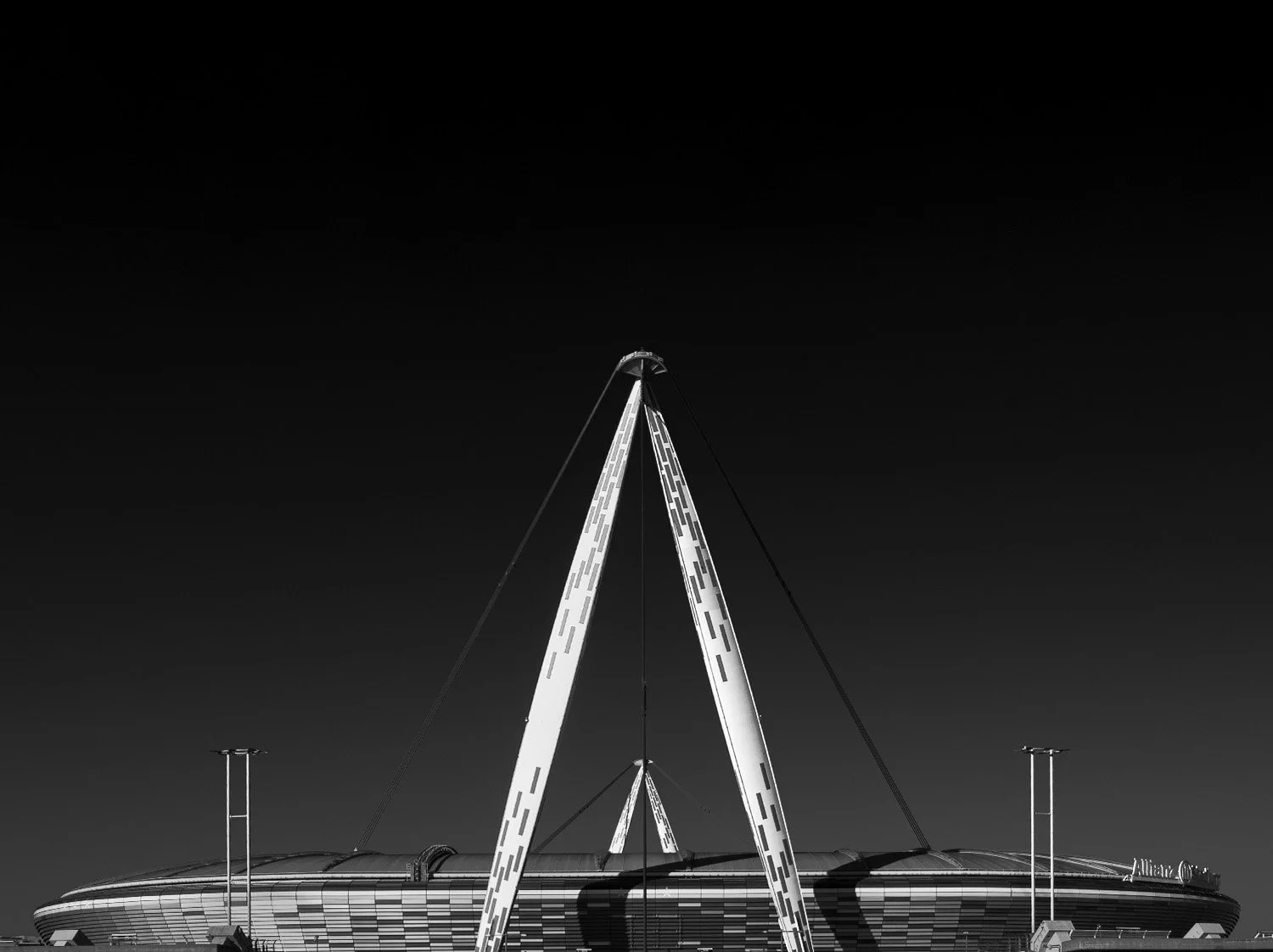Top 5 Tips for Capturing Stunning Architectural Photographs
Architectural photography is a specialized type of photography that focuses on capturing buildings and other architectural structures. This genre of photography serves not onlyion of our man-made environment but also as an artistic medium to showcase the beauty, uniqueness, and grandeur of architecture. With the right techniques, equipment, and an eye for detail, you can transform ordinary buildings into stunning photographic masterpieces. In this blog post, we will explore the top five tips for taking remarkable architectural photographs. as a documentat
Image: ©Gianluca Caretta
1. Use the Right Equipment
Architectural photography is a specialised field that demands the right equipment and understanding of certain techniques. The first step involves choosing an appropriate camera. A high-resolution DSLR or mirrorless camera can help capture sharp, detailed images, which is essential in showcasing architectural features. Alongside a good camera, a wide-angle lens is recommended to capture a greater field of view - perfect for shooting expansive buildings or interior spaces.
Additionally, a sturdy tripod is indispensable in this genre of photography. It provides stability to your setup, crucial for long exposure shots and low-light conditions often encountered in architectural photography.
The use of filters should also be considered. A polarising filter can minimise reflections from glass or water and enhance color saturation, bringing out the richness of materials used in the architecture. Neutral density filters are useful for achieving long-exposure effects, like blurring moving clouds or people, even in bright daylight. These can add a dramatic or serene effect to your photos, emphasising the permanence and solidity of architectural structures.
In essence, mastering architectural photography involves a mix of the right equipment, an understanding of light and composition, and post-processing skills. Each building has its own personality; the challenge lies in using your skills and tools to bring it to life in your photographs.
Image: ©Gianluca Caretta
2. Choose the Perfect Time of Day
Lighting is a crucial element in architectural photography. The timing of your shoot can have a significant impact on the mood and tone of your images. The golden hours, just after sunrise and just before sunset, are often considered the best time to shoot. During these hours, the warm, soft light can enhance the depth and texture of your shots. However, you should not limit yourself to these hours alone. Nighttime can provide a completely different perspective, rendering buildings as illuminated subjects against the dark sky.
Image: ©Gianluca Caretta
3. Master the Principles of Composition
Creating compelling architectural photographs requires good composition. You should pay attention to elements like lines, shapes, and patterns as they form the backbone of architectural design. These elements can guide the viewer's eye through the image, making it more interesting.
Framing your subject correctly is essential. You should try to eliminate distractions and focus on the building's details by filling the frame with the structure. Additionally, it is recommended to experiment with different angles. Shooting from a low angle can make a building look more imposing while a high angle can provide a unique, bird's-eye view.
Image: ©Gianluca Caretta
4. Understand the Importance of Post-Processing
Post-processing is a vital aspect of architectural photography. It provides the ability to correct lens distortions, which are common in wide-angle and panoramic shots. It also allows for precise adjustments of exposure and contrast, enhancing the depth and definition of architectural features. Additionally, color enhancement during post-processing can make your images more vibrant and visually appealing. Tools like Adobe Lightroom and Photoshop are particularly beneficial for these tasks. However, while post-processing offers significant improvements, it's crucial to remember that its primary role is to refine and enhance, not to alter fundamentally or fabricate an image. The core aim should be to preserve the authenticity of the original shot while highlighting its best aspects. This approach ensures that the final image remains a truthful yet enhanced representation of the original scene.
Image: ©Gianluca Caretta
5. Practice and Experiment
Architectural photography is an exciting and challenging field that requires continuous learning and experimentation. It's crucial not to shy away from trying out varying techniques, camera settings, and perspectives. Each building you photograph has its unique character, architectural style, and ambience, making it a distinct subject. What works for one structure may not necessarily work for another. Embrace this diversity and use it as an opportunity to expand your skills and creativity. Keep on learning about different architectural styles, lighting conditions, and post-processing techniques. Shoot consistently and critically review your work. Over time, this practice will lead to the development of your unique style and approach in architectural photography. Your photographs will begin to reflect your personal perspective, delivering more than just a depiction of a structure but also communicating the emotion and aesthetic of the architecture.
In conclusion, architectural photography is a blend of technical skills, artistic vision, and a deep appreciation for architecture. With these five tips, you're well on your way to capturing stunning architectural photographs.
If you're interested in further honing your architectural photography skills, consider signing up for our architectural photography workshops. These workshops provide hands-on experience, expert guidance, and insights into advanced techniques to take your architectural photography to the next level. We look forward to helping you capture the architectural world in a whole new light!
Happy shooting!





